- June 7, 2017
- Emily Vyverberg, PharmD, Staff Pharmacist
- Healthy Living

Everybody loves beautiful sunny days this time of year.
Days like these give us an opportunity to get outside and feel the warm sun on our skin.
However, most people don’t realize how much harm the sun can do and what needs to be done to prevent such harm from occurring.
Keep reading to learn how to safely enjoy sunny days for years to come.
Risks
Let’s begin by reviewing the possible repercussions involved with sun exposure.
First off, skin cancer is the most common cancer in the United States.
Current estimates show that 1 in 5 Americans will develop skin cancer in their lifetime.
These same estimates indicate that nearly 9,500 people in the U.S. are diagnosed with skin cancer every day.
This chart from the Centers for Disease Control and Prevention (CDC) lays out how common melanoma, the deadliest form of skin cancer, is in Americans.
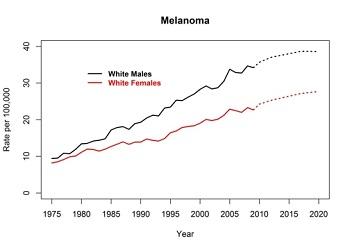
Although it isn’t the deadliest form of cancer, projections show that about 9,730 deaths in 2017 will be attributed to melanoma.
On average, one American dies from melanoma every hour.
And what causes melanoma, you might ask? Over-exposure to the sun, of course!
Ultraviolet (UV) rays from the sun cause damage to the skin and can lead to sunburns or skin cancer.
The pain associated with a sunburn should give you plenty of motivation to protect yourself.
Now that we know what’s at stake, how can we prevent this from happening? The solutions are simpler than you think.
Let’s have a look.
Sunscreen
Yes, sunscreen is safe to use.
There are no scientific studies verifying the claim that sunscreens are unsafe.
The most dangerous way to use sunscreen (other than ingesting it) is to not use it at all.
Make sure you choose a broad-spectrum sunscreen (this will protect you from UVA and UVB rays) that has a sun protection factor (SPF) of at least 30.
Keep in mind that using a sunscreen with an SPF over 50 may not give much added protection.
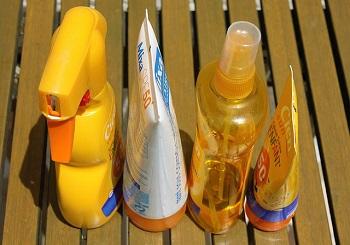
Research which sunscreen is best for you and your skin type.
If you wait until you're outside to apply sunscreen you've waited too long.
Apply about 15 minutes before sun exposure.
Don’t forget to frequently reapply! Aim for once every two hours.
Reapply even more frequently when swimming or sweating.
Water and sweat will wash sunscreen off your skin, leaving you exposed to harmful rays.
Even water-resistant sunscreen will wash away over time.
Exercise caution when using sprays. Double-check that all exposed skin receives coverage and avoid inhalation.
Children should be especially protected from the sun, since severe sunburns during childhood can increase melanoma risk.
You should avoid using sunscreen on babies younger than 6 months.
It’s best to not let infants come into contact with the sun whatsoever.
Wear Protective Clothing
This very well may be the best strategy for protecting exposed skin from harmful rays.
You are guaranteed 100% coverage and you don’t have to worry about reapplying.
Long-sleeved shirts and pants will make sure your torso, arms, and legs are safe.
Wearing clothing with longer sleeves actually won’t make you overheat like you might suspect.
Think about it – clothing acts as a barrier between the sun & your skin, leaving your skin in the shade.
If you can create a shady environment for all your skin, you won’t have to deal with the heat of the sun directly hitting your skin.
Wear breathable clothing for maximum cooling.
Throw on a wide-brimmed hat to cover your face and neck while earning some style points.
Avoid Tanning
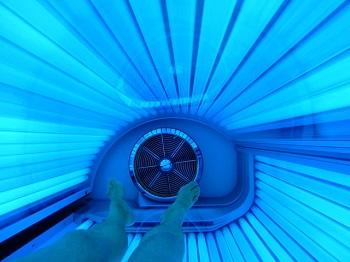
Make no mistake – avoiding tanning is without question the toughest preventative measure for most people to take.
This is most likely tied to the misconception that people need to be tan in order to look & feel good.
It doesn't matter if you tan outside or in a tanning bed – both will harm the skin.
The fact of the matter is there is no such thing as a safe tan.
The increase in skin pigment that gives the skin a darker look is a sign of skin damage.
But wait, there’s more! Having a tan is not going to guard your skin from further damage.
The extra pigment in tanned skin only makes for an SPF of 2 to 4.
Over time, frequently tanned skin will age prematurely.
With that being said, tanning does far more harm than good for skin and overall health.
Wear Sunglasses
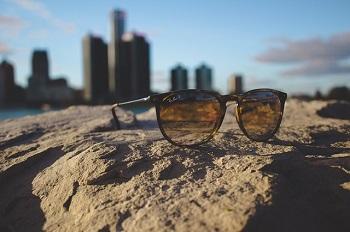
Besides making you look really cool, sunglasses have some very real health benefits.
Although the skin is most easily damaged by the sun, the eyes can still suffer greatly.
For example, cataracts are one form of eye damage that has been proven to increase with UV exposure.
Cataracts cloud the lens of the eye and cause decreased vision and possible blindness in extreme cases.
Wearing sunglasses will help eliminate these risks.
Wear polarized sunglasses if you spend a lot of time near water.
They will help reduce the sun’s glare when it hits the water.
Keep Up With UV Levels
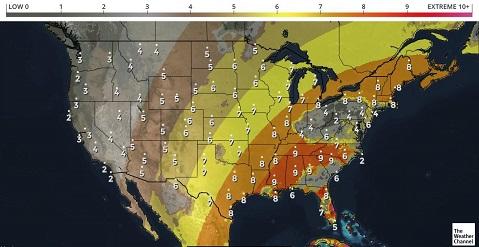
Countless weather resources and news outlets provide daily information about UV levels.
Be sure to pay close attention to these resources.
They can provide valuable information about when UV levels are at their highest and give you a heads-up so you can avoid dangerous UV levels.
If you do need to go outside when UV levels are high, try to stick to the shade as much as possible.
Be Mindful of Medications
Certain medications can make your skin more sensitive to sunlight (photosensitive).
This can cause your skin to burn or become damaged more easily.
Check with your pharmacist to see if your medications put you at risk for photosensitivity reactions.
If they do, you and your pharmacist will discuss strategies for dealing with it.
Here’s the bottom line: it’s time to take the sun and the need to protect your skin more seriously.
Although the risks may seem relatively harmless, they are anything but.
The damage done by the sun can have severe, sometimes fatal, effects.
Taking a few simple precautions can make a huge impact in keeping you and your skin free from harm.







